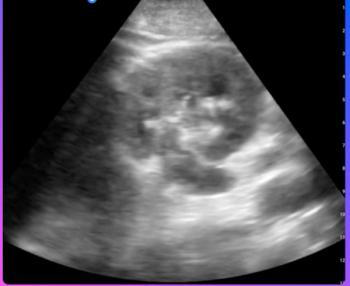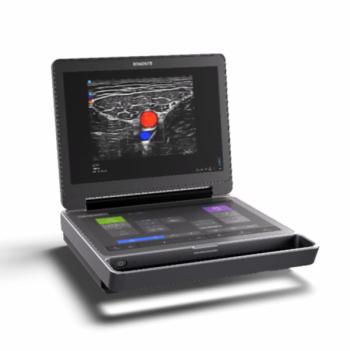
Ultrasound Can Help Track Low-Risk Thyroid Nodules
Ultrasound images can help clinicians track low-suspicion thyroid nodules following fine-needle aspiration biopsies.
Ultrasound images can help clinicians track low-suspicion thyroid nodules following fine-needle aspiration biopsies, according to a study published in the
Researchers from Korea undertook this study to evaluate the malignancy rate of nodules with nondiagnostic cytologic results based on the American Thyroid Association (ATA) ultrasound patterns and to suggest management guidelines for these nodules.
The researchers found 441 nodules (1 centimeter or smaller) in 437 patients who had undergone nondiagnostic results of ultrasound-guided fine-needle aspiration biopsy (nondiagnostic nodules). A total of 191 nodules that were cytopathologically confirmed or were smaller (less than 3 mm) at follow-up ultrasound were enrolled in the study.
Upon review of the ultrasounds, one radiologist classified the nodules into the following five categories according to the 2015 ATA guidelines:
• High suspicion for malignancy
• Intermediate suspicion for malignancy
• Low suspicion for malignancy
• Very low suspicion for malignancy
• Benign
Histopathologic confirmation was used for reference standard. Nodules that were smaller at follow-up ultrasound were considered benign. The malignancy rate of each category was calculated.
The results showed that 20 (10.5 percent) of the 191 nodules were malignant and they had a mean size of 17.4 mm. The common features of the malignant nodules included:
• Solid composition
• Marked hypoechogenicity
• Microlobulated or irregular margins
• Microcalcifications
• Taller-than-wide shape
The malignancy rate of nodules with very low suspicion of malignancy was 0 percent (0 of 58 nodules); low, 0 percent (0 of 45 nodules); intermediate, 10.3 percent (6 of 58 nodules); and high, 46.7 percent (14 of 30 nodules).
The researchers concluded that use of ultrasound for assessments according to the 2015 ATA guidelines can help clinicians follow very low or low-suspicion nodules following fine-needle aspiration biopsies, although nodules with intermediate or high suspicion ultrasound patterns should be evaluated with repeat ultrasound-guided fine-needle aspiration biopsy.
Newsletter
Stay at the forefront of radiology with the Diagnostic Imaging newsletter, delivering the latest news, clinical insights, and imaging advancements for today’s radiologists.




























